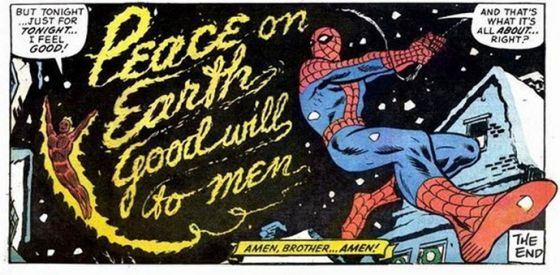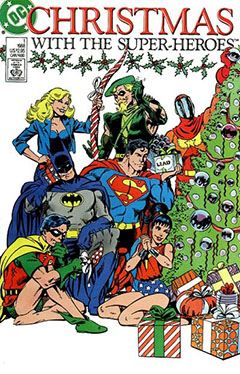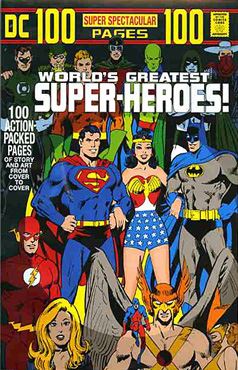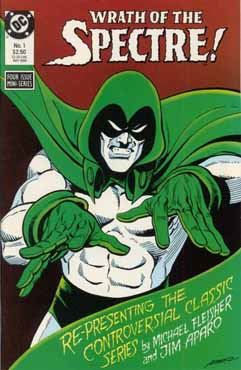Comics /
Cult Favorite
Inventory Control

By Philip Schweier
December 21, 2016 - 12:58
As if the holidays weren’t busy enough, I decided to take inventory of my comic book collection. I hadn’t done any kind of audit for at least a decade, and gotten slack in entering my later purchases into the list.
Originally, I created a spread-sheet for each title. Easy enough with some titles, but others tend to change slightly –
Classic X-Men to
X-Men Classics, or
Superman to
Adventures of Superman and back again. Anthology titles, such as
Marvel Comics Presents, span multiple aspects of my collection.
But this time around, I broke it up by the sections of the closet where I store my archives. Across the bottom, on the floor of the closet, are nine short boxes containing various titles and properties. Above that are three shelves, each supported by braces that prevent the boxes from being stored side-by-side. Instead, there are groups of two to three boxes separated by the braces.
The boxes in each grouping containing affiliated titles:
Wolverine and
X-Men,
Superman and
Action Comics,
Batman and
Brave & the Bold, etc. Some boxes are broken down by similar subject matter. For example, the Justice League box also contains
Justice Society,
Super Friends and other similar books.
Other boxes contain a mix of material, such as artists I particularly like: Bernie Wrightson, Neal Adams and Doug Wildey, among others. Assorted titles from a single smaller publisher are grouped together.
As I made my way through my collection, I chose to adjust my filing according to the collections. Some
Adventure Comics issues are filed in my
Legion of Super-Heroes boxes, while others – those featuring the Spectre and Aquaman – are in the Jim Aparo section.
I also adjusted the lists, choosing publication date over condition and/or value, and added notes pertaining to publisher, artist, character or other details. I found the website Mike’s A
mazing World of Comics a valuable resource for such information. Though I found some of its filing a bit suspect.
In some instances, the obvious title on the cover – known as a masthead in professional circles – may not be the actual title. A replica Justice League 100-page super-spectacular was filed under “Justice League,” on Mike’s Amazing website. However, another similar replica had “World’s Greatest Super-Heroes” in big letters across the top, but it was filed under “100-page super-spectacular.” So sometimes you just have to make it up as you go.
Another challenge was the cross-referencing of certain books. For instance, some issues of
Action Comics feature Green Arrow, who has his own section, and those stories are drawn by Mike Grell, who also has his own section. In this case I chose title over character or artist; simple enough given Superman’s starring role. But others weren’t so clear, and I came up with my own decision. My OCD nature required that I be consistent, but I chose to focus on the strength of the content rather than title, artist or other arbitrary elements.
My goal was not to tally the number of comics; I choose to count the number of boxes, which is much easier. Instead my intention was to suss out what books I might be missing, or the reverse. For instance, I thought I had
Adventure Comics #431-440, which starred Jim Aparo’s version of the Spectre, but in fact I don’t. Instead I have the 1988 reprint series,
Wrath of the Spectre.
I tend to favor original issues over collected editions, and if I had unlimited funds and storage space, I might go back in search of the original books. Not only are they the original source of the material, they also feature letters pages and advertising that provide a glimpse into the time they were published. And since the advent of collected trades, they can sometimes be found inexpensively on eBay.
Last Updated: March 3, 2025 - 20:40




